Impacts
The effects of space weather are of huge concern to power and satellite companies, the airline and transportation industries as well as oil and gas pipeline and survey/drilling companies.
Even the financial sector is becoming aware of space weather’s impact.
Without space weather forecasts, industry can lose:
$100 Billion
Loss in space assets from a worst-case space weather storm
$1 Million
Loss to surveying and drilling companies to halt operations due to space weather
$100,000
Cost to divert a polar flight due to space weather
The awareness of these industries to space weather varies with the satellite and power industries most aware because of their previous exposure to its effects.
The effects of space weather events and their effects on modern technologies are well understood and well documented. This does not make them any less important because the broader impact on our socio-economic infrastructure is less understood.
Our society and its dependence upon modern technologies is constantly evolving and becoming more complex and interdependent. Though we have experience and have learned from many episodes of space weather over the years we have yet to see the impact of major space weather events upon our current technological society.
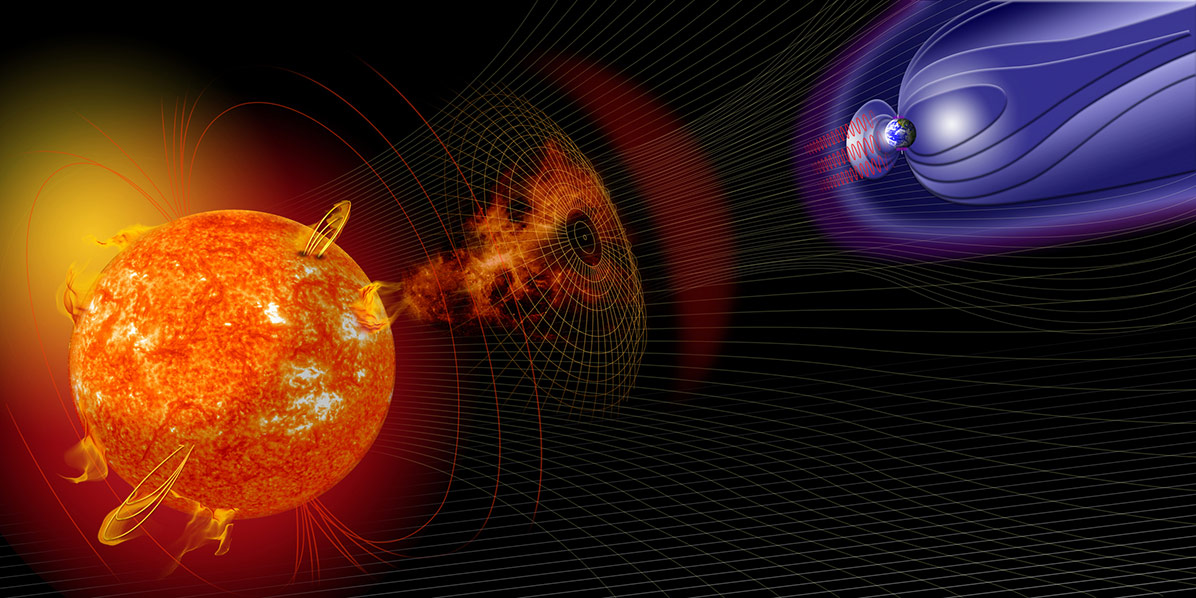
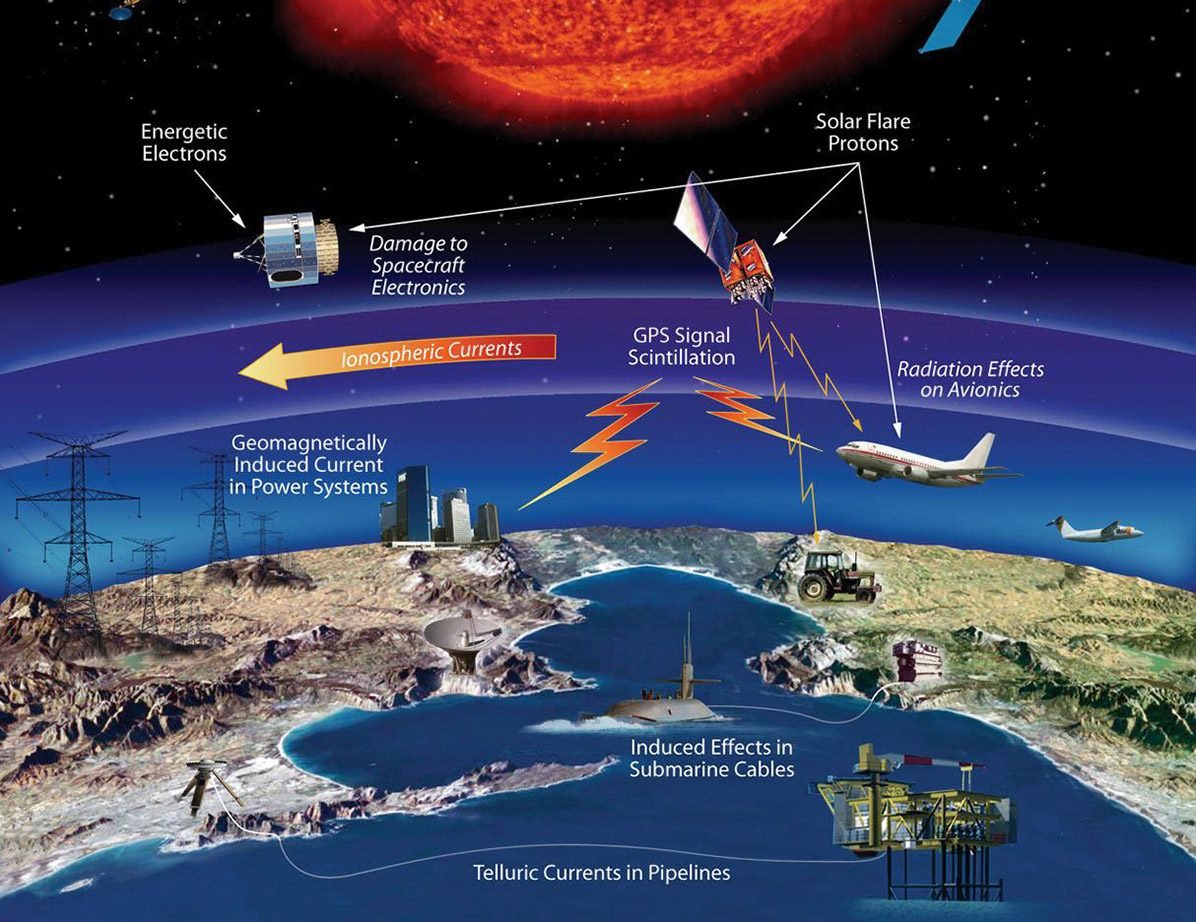
WHAT ARE THE IMPACTS OF SPACE WEATHER?
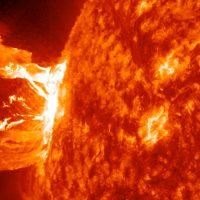
Electric Power
Large currents in the ionosphere can induce currents in power lines. Surges from these induced currents can cause massive network failures and permanent damage to electric grid components.

Navigation Systems
Disturbances in the ionosphere can cause degradation in GPS range measurements and in severe circumstances, loss of lock by the receiver on the GPS signal.
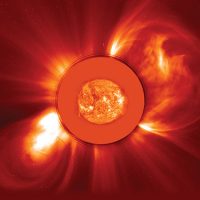
Aviation
Space weather storms can cause lost or degraded communications, radiation hazards to crew and passengers, unreliable navigational information, and problems with flight-critical electronic systems.
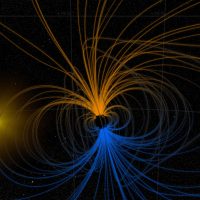
Human Space Exploration
Energetic particles present a health hazard to astronauts on space missions as well as threats to electronic systems. During space missions, astronauts outside spacecraft are less protected and more exposed to space radiation.

Satellite Operations
Highly energetic ions penetrate electronic components, causing bit-flips in a chain of electronic signals that can result in improper commands within the spacecraft or incorrect data from an instrument. Less energetic particles contribute to a variety of spacecraft surface charging problems, especially during periods of high geomagnetic activity.
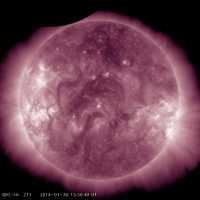
Communications
Communications at all frequencies may be affected by space weather. High frequency (HF) radio communications are more routinely affected because this frequency band depends on reflection by the ionosphere to carry signals great distances.
The current state of technology in our society has evolved greatly since the last solar maximum.
The next solar maximum is several years away and the effects of space weather will become more apparent as activity begins to increase. At the same time our advancing society will increase our vulnerability to space weather.
The current solar cycle is not expected to be as intense as recent ones in the past but this does not mean we can afford be complacent. In fact, the largest space weather event in modern times (perhaps in the last 5000 years) occurred in September 1859 during a low activity period of a relatively small solar cycle. The good news is that the most severe effects of space weather can be mitigated with proper precautions and preparations.
Solar flares, though visually dramatic and first to effect us (light takes 8 minutes to travel from the Sun to the Earth), have a few limited effects on radio based systems. Solar flares produce a 10-20 minute change to the atmosphere that absorbs high frequency (HF) radio waves producing an HF radio blackout on the Sun facing side of the Earth. Also, this change to the atmosphere slows down GPS signals producing location errors of many meters in GPS receivers.
Solar flares and CMEs can create bursts of radio waves aptly called solar radio bursts. These intense bursts of radio can potentially disrupt wireless and short-range devices so they are now of growing concern as the use of this technology increases (e.g. Wifi).
Astronomer Sten Odenwald explains more about solar storms
Examples and Cost of Major Space Weather Events
September 1859
Aurora bright enough to read by seen extremely far south (Cuba). Telegraph systems ran without being powered. Some caught on far and operators were electrocuted. Considered to be the largest solar storm on record (estimates for an event of this magnitude today are up to $2 trillion).
May 1921
Entire New York Central Rail switching system knocked out. Telegraph and telephone disruptions worldwide.
March 1989
Huge magnetic storm caused the Quebec power grid to fail in 90 seconds leaving millions without power for up to 9 hours (total cost not just to the Quebec power grid estimated at over $2 billion).
October/November 2003
Major loss of GPS accuracy with errors over 50 meters, transformer failures in South Africa, major HF radio blackouts, 30 satellite anomalies including one satellite loss (many billions of $s).
CREDIT: NASA Goddard Space Flight Center • STATS & OTHER TEXT CREDIT: NOAA
VIDEO CREDIT: William Bensen and NASA-Goddard astronomer, Sten Odenwald.
